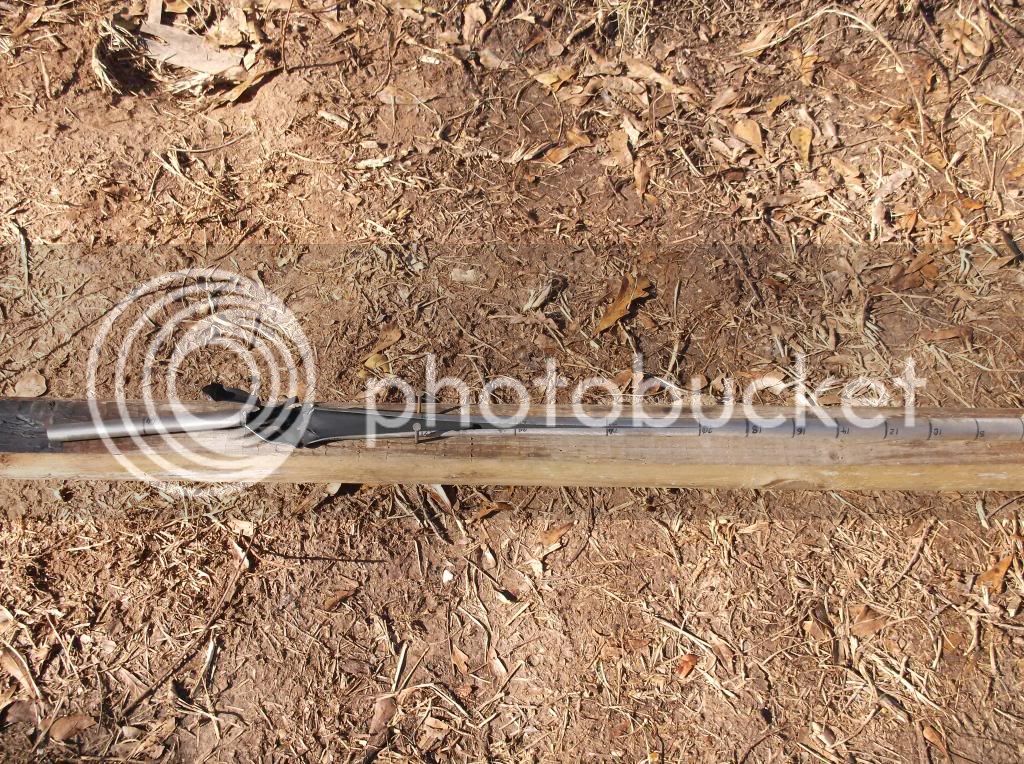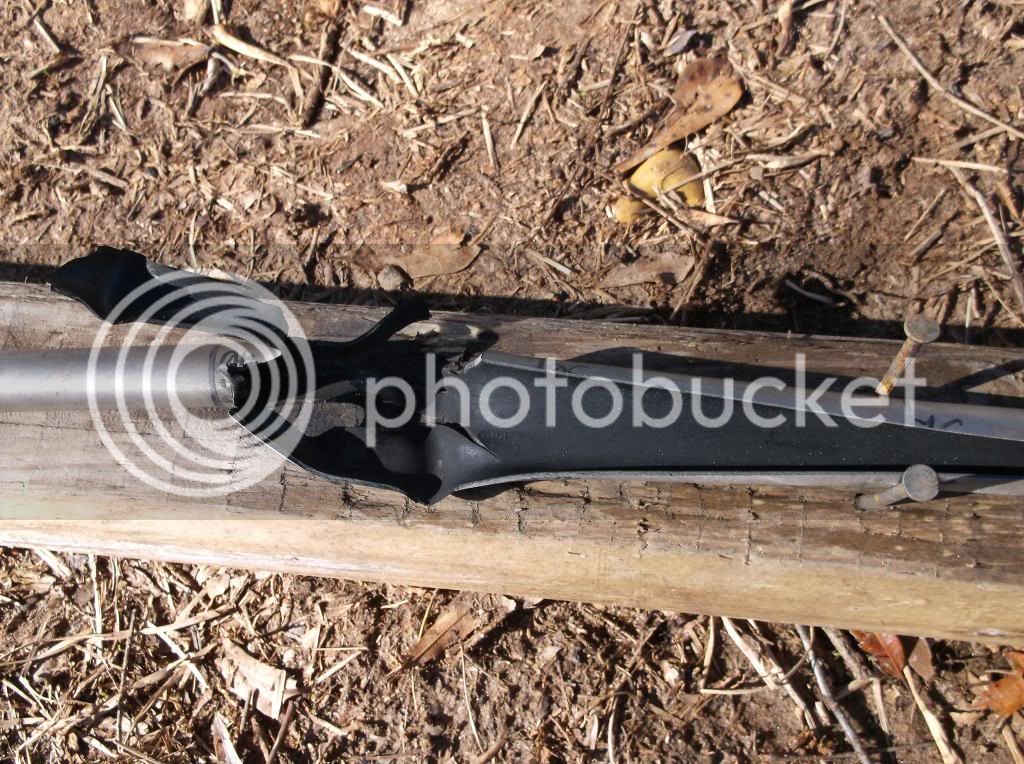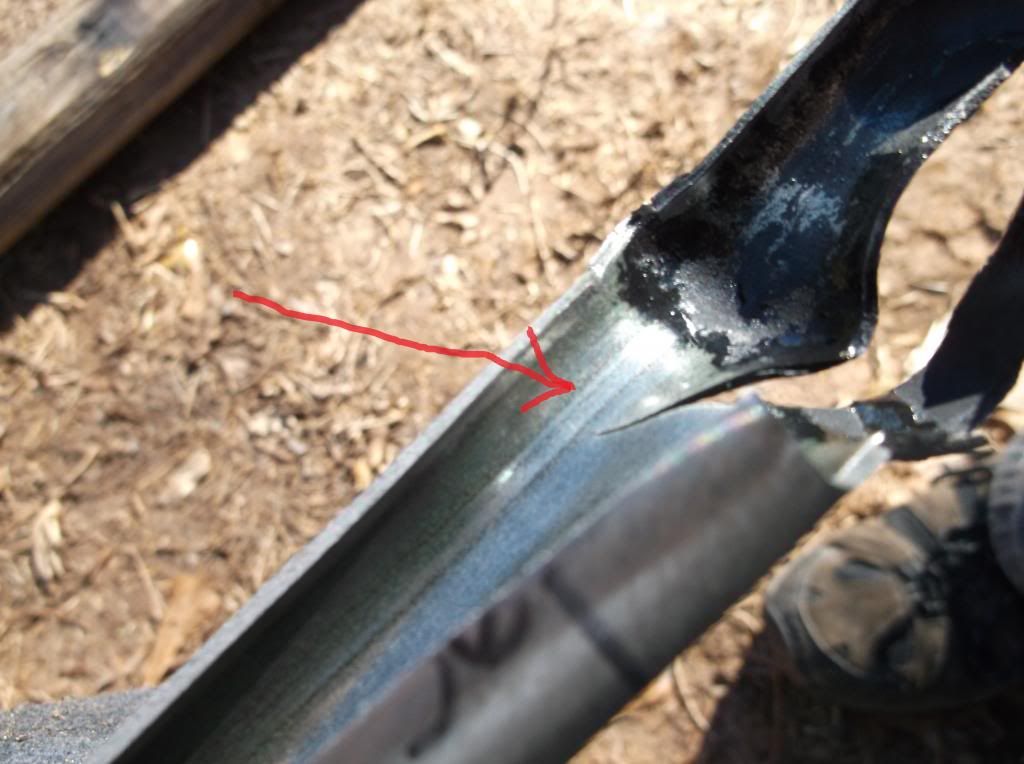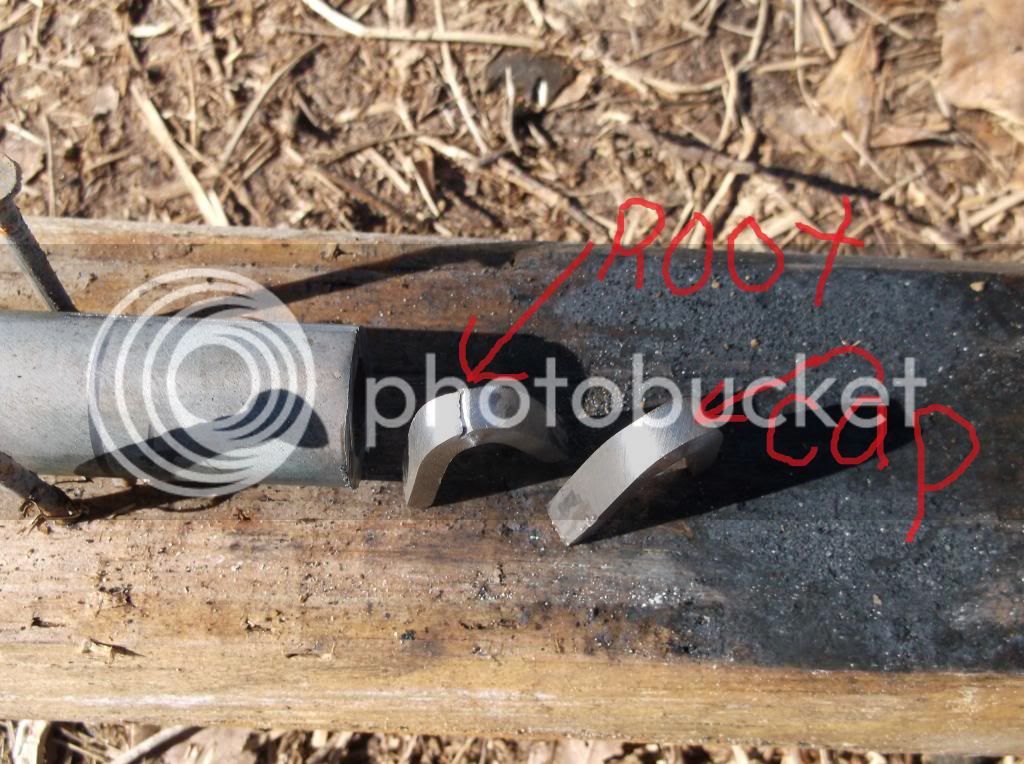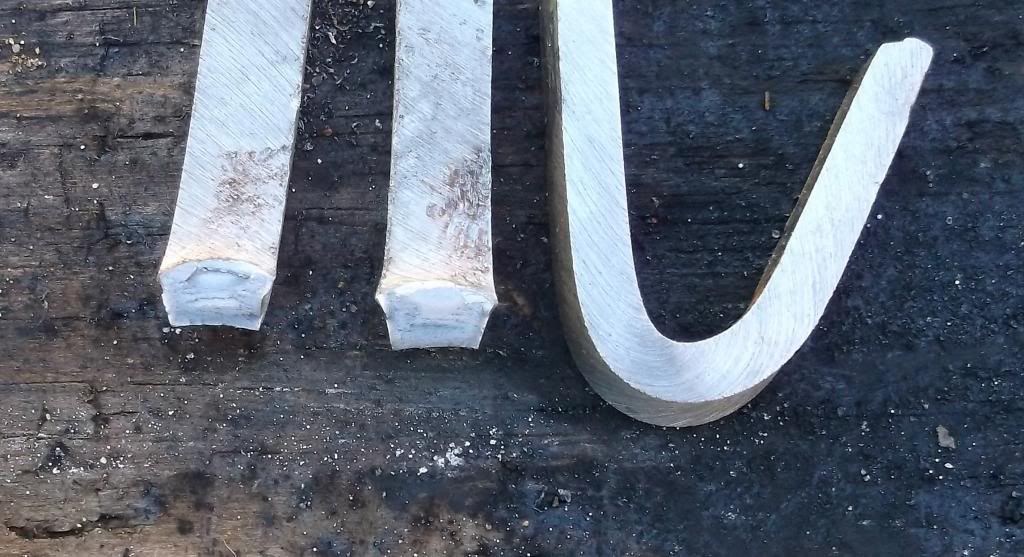Nearly every barrel back in the old days was proof fired. A designated powder load and a designated ammunition setup was used. This procedure is essentially the same as the procedure still used in Europe under the International standard. For example: Having your barrel proof fired at the proofing house is in Germany no problem. Fill out form, mail barrel with payment in, they proof it, if passed it will be stamped, then they send barrel back to you. With muzzleloader barrels, the vent liner or drum must be installed. With modern guns, the complete gun is checked for safety and function.
Back in the old days, the drilled and dimensioned (and sometimes rifled) barrel blank got the end threads cut, a special proof firing breech plug was used in order not to have to drill a vent from the side. This is described in the book "Steinschlossjaegerbuechsen", where they cite old texts describing the steps of building a gun. Jim Chambers carries it with English translation for the people who need a translation. They also describe the translation of a Russian document from 1735, which contains essentially all the points including hollow base balls (pre-minie balls). They describe stuff illustrated very well. I need to get my hands on the full German translation of that Russian text from the Academy Of Sciences in St. Petersburg.
I know of a barrel maker using seamless tubes who hand files down the barrel to the correct old profiles of originals. But he double proof fires every barrel before it is sold or used.






